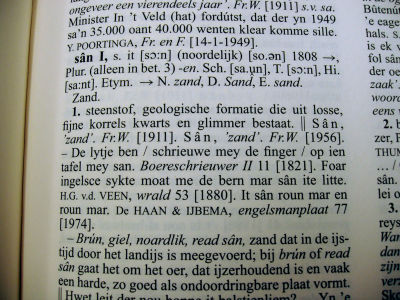What is the most difficult language to read with lip reading?

What Is the Hardest Language in the World to Lipread? --Atlas Obscura
https://www.atlasobscura.com/articles/lipreading-around-the-world
An essential element of lip reading is the speaker's visual information. Various movements expressed by the body, such as lip movements, eye movements, and throat movements, help lip reading and help to accurately grasp the speaker's intentions.
Nosowitz says it's difficult to make a clear statement about 'a language that is difficult to read.' This is because individual experience has a great influence on the acquisition of lip reading, and a person who is familiar with a specific language is not necessarily familiar with another language, so the ease of acquisition is objectively judged. Requires a lot of guesswork. Still, under some conditions, the languages that are difficult to read are the languages spoken in India, such as Hebrew, Chechen, Japanese, Hindi, and Tamil, Nosowitz said. Points out.
Sounds that occur without relying on the lips, such as 'd,' 'g,' 'n,' and 'k,' are generally considered difficult to recognize with the eyes, and languages in which these are often used should be difficult to read, says Nosowitz. Says. In addition, the languages that use the ' guttural' that is often used in Hebrew and Chechen to tune in the back of the mouth, and the 'tone ' that distinguishes the meaning of words by the pitch of the sound, which is found in Japanese and Chinese, can be seen only visually. Nosowitz points out that it is difficult to make a judgment and lip reading is difficult.

In addition, some languages are difficult to read from a cultural point of view.

Nosowitz says that lip reading requires not only understanding the phonemes used in the language, but also understanding the whole sentence and getting visual clues, but lip reading alone can tell the speaker's intentions. He also points out that it is difficult to grasp everything.
Related Posts:
in Posted by log1p_kr







